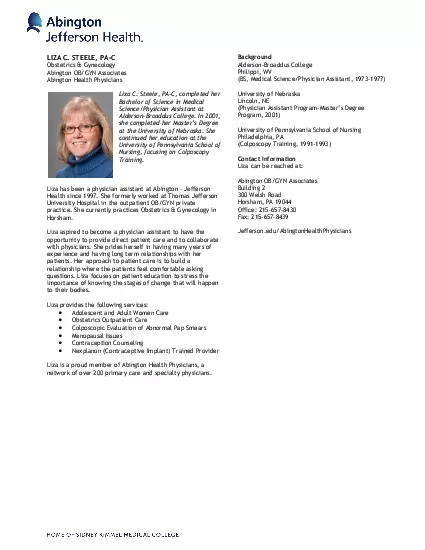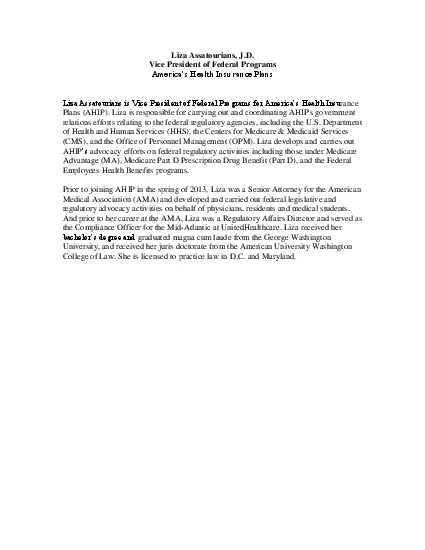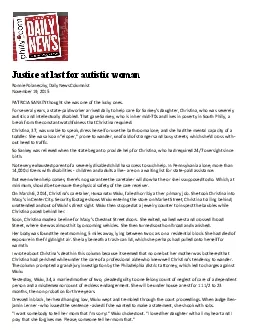PPT-Morning Report Liza Buchbinder
Author : taxiheineken | Published Date : 2020-06-15
UCLA Oliveview May 9 2017 Chief Complaint 45 year old male with gradual physical and cognitive decline over past 6 months HPI 45 year old male sent from OVMC ED
Presentation Embed Code
Download Presentation
Download Presentation The PPT/PDF document "Morning Report Liza Buchbinder" is the property of its rightful owner. Permission is granted to download and print the materials on this website for personal, non-commercial use only, and to display it on your personal computer provided you do not modify the materials and that you retain all copyright notices contained in the materials. By downloading content from our website, you accept the terms of this agreement.
Morning Report Liza Buchbinder: Transcript
Download Rules Of Document
"Morning Report Liza Buchbinder"The content belongs to its owner. You may download and print it for personal use, without modification, and keep all copyright notices. By downloading, you agree to these terms.
Related Documents














